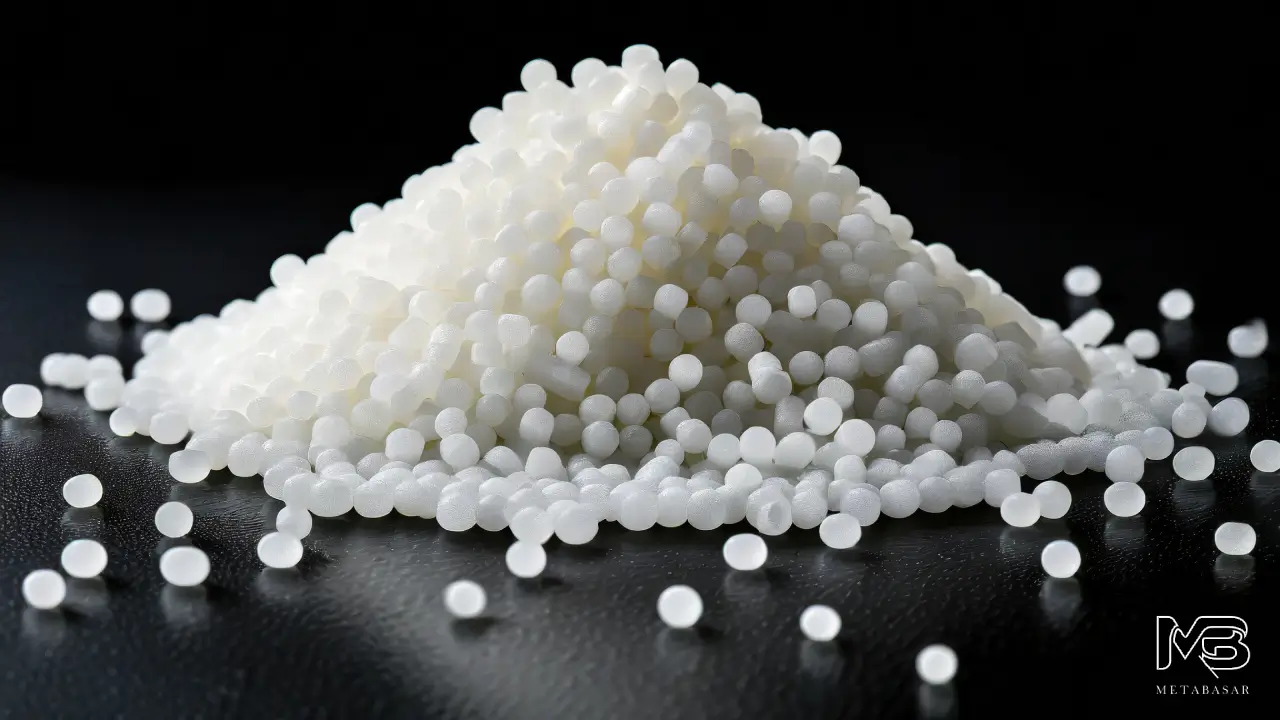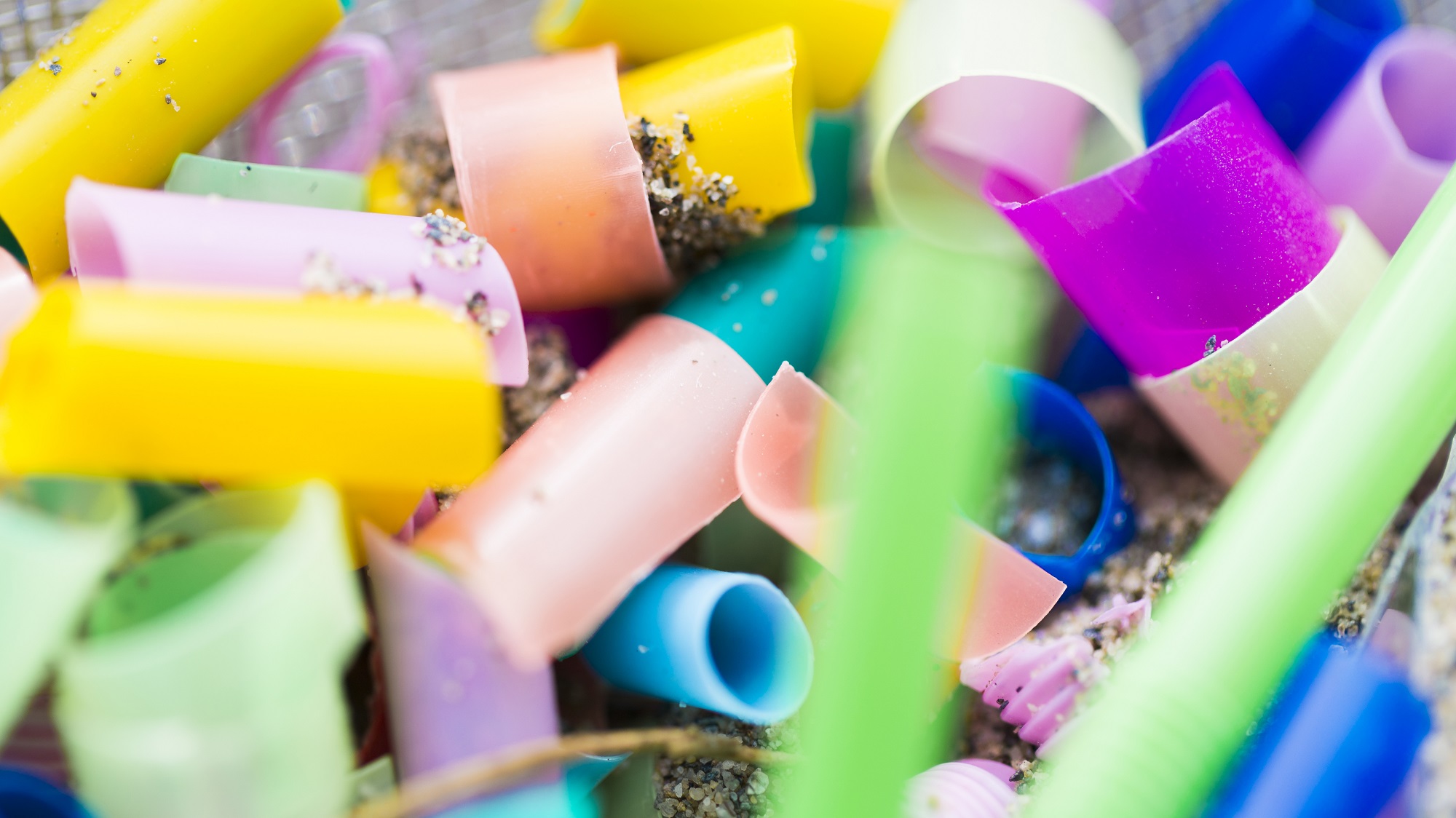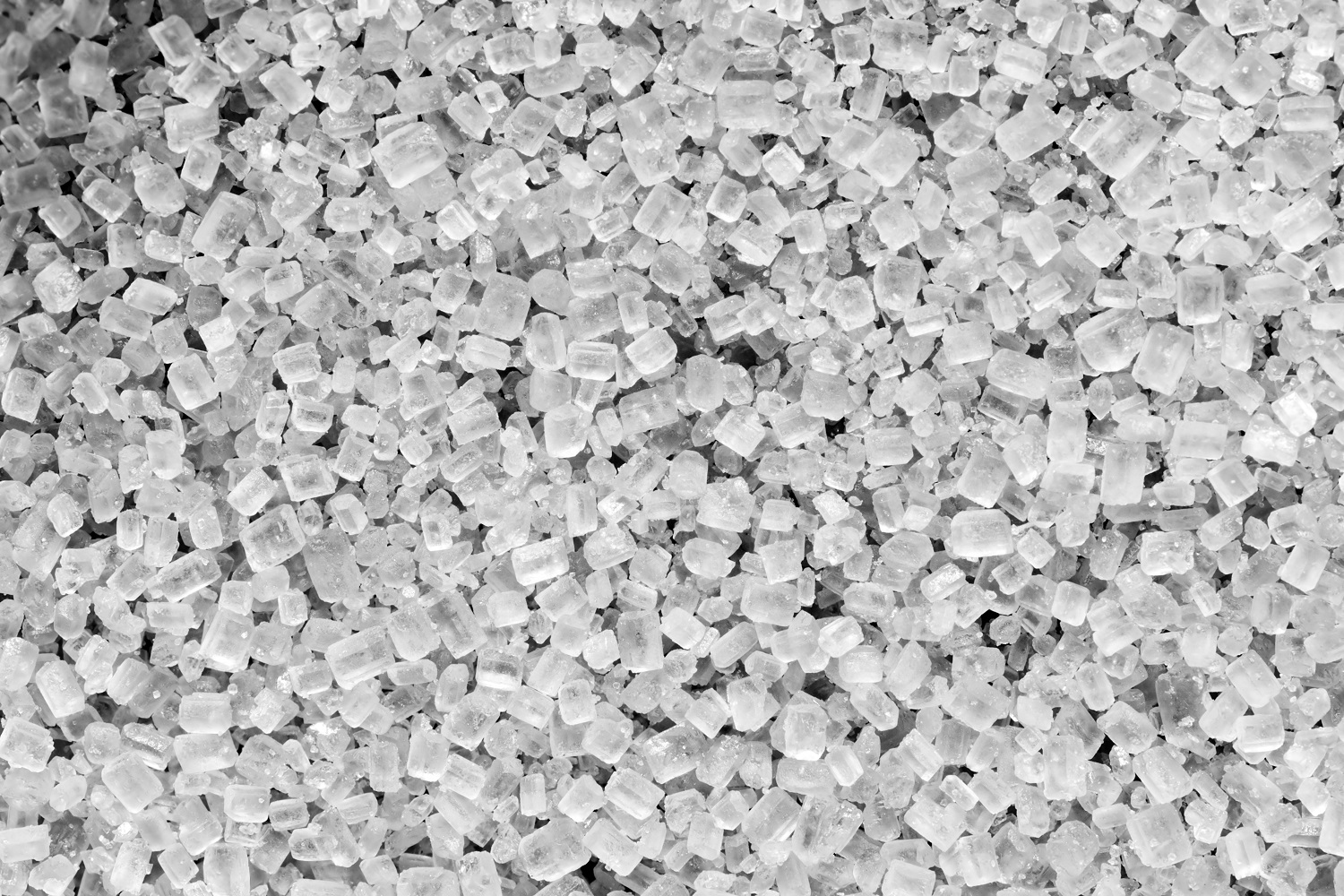
Polyethylen PE is one of the most widely used polymers in the world. It is known for its durability, flexibility, and resistance to chemicals. It has found its way into various industries due to its unique properties.
In this blog, we will explore what Polyethylen PE is and how it is used in different industries. We will also delve deeper into its properties, including electrical and optical characteristics and chemical and physical properties.
Additionally, we will discuss the manufacturing process of Polyethylen PE, including its types and uses. Lastly, we will address growing environmental concerns surrounding the use of Polyethylen PE and how it has evolved over the years. Join us on this journey to discover more about this fascinating polymer!
Table of Content
- 1 Understanding Polyethylen PE
- 2 In-depth into Properties of Polyethylen PE
- 3 Manufacturing and Classification of Polyethylen PE
- 4 Addressing Environmental Concerns
- 5 Frequently Asked Questions
- 5.1 What are some common applications of Polyethylen PE?
- 5.2 What are the physical properties of Polyethylen PE?
- 5.3 How does Polyethylen PE compare to other types of plastics in terms of strength and flexibility?
- 5.4 What are some potential environmental concerns associated with the production and disposal of Polyethylen PE?
- 6 Conclusion
Understanding Polyethylen PE
Polyethylen PE, a versatile thermoplastic polymer, is widely used in packaging and manufacturing industries for its high chemical resistance, lightweight nature, and low moisture absorption, ensuring product integrity.
The Foundation Of Polyethylen PE
Polyethylen PE is derived from ethylene, forming polyethylene resin. Germany pioneered its industrial production. The density of polyethylen PE depends on its molecular weight. Different types include LDPE and HDPE.
Significance Of Polyethylen PE in Industries
Polyethylen PE plays a significant role in various industries, such as packaging, construction, and chemical storage. It is used in plastic bags, bottles, pipes, containers, insulation, and in the production of films and sheets. The versatility of Polyethylen PE has made it a staple in the packaging industry. Its high chemical resistance ensures that products are protected from external factors, while its lightweight nature allows for easy transportation. Additionally, its low moisture absorption keeps products intact and prevents any damage during storage or shipping.
In the construction industry, Polyethylen PE finds its use in pipes and insulation. Its durability and flexibility make it an ideal choice for piping systems, ensuring long-lasting performance. When it comes to insulation, Polyethylen PE provides excellent thermal resistance, keeping buildings efficiently insulated.
Chemical storage also benefits

In-depth into Properties of Polyethylen PE
In-depth into the Properties of Polyethylen PE:
Polyethylen PE exhibits excellent electrical conductivity and high melting and boiling points, ensuring stability under different conditions. With low density and high tensile strength, it provides durability to products while being lightweight. Additionally, it offers resistance to moisture, chemicals, and UV radiation.
Electrical and Optical Characteristics
Polyethylen PE’s high electrical resistivity makes it ideal for electrical cable insulation. Its low dielectric constant suits high-frequency applications, while its low optical density allows light transmission. Polyethylen PE finds use in optical fibers and packaging materials due to its transparency.
Chemical and Physical Properties
Polyethylen PE demonstrates low resistance to solvents, oils, and greases, while maintaining high resistance to impact. It also exhibits low chemical reactivity, high ductility, and resistance to moisture.
Manufacturing and Classification of Polyethylen PE
Polyethylen PE is produced by polymerizing ethylene using catalysts like Ziegler-Natta, resulting in LDPE, HDPE, and LLDPE. Different processing methods like extrusion and injection molding are used.
Polyethylen PE, with its exceptional properties and versatility, has become a popular choice for various applications. Its unique combination of strength, flexibility, and durability makes it an ideal material for piping systems, ensuring long-lasting performance and efficient insulation for buildings.
One of the standout characteristics of Polyethylen PE is its excellent thermal resistance. It provides reliable insulation, allowing buildings to maintain optimum temperature levels while conserving energy. This quality is particularly important in climates with extreme heat or cold.
When it comes to electrical conductivity, Polyethylen PE shines once again. Its high electrical resistivity makes
Production Process
Polyethylen PE is produced through the polymerization of ethylene gas using catalysts like Ziegler-Natta catalysts. The resulting polyethylene resin is processed into different forms for further manufacturing.
Types and Uses
Low density polyethylene (LDPE) in packaging, high density polyethylene (HDPE) in bottles, linear low density polyethylene (LLDPE) in plastic bags and films, medium density polyethylene (MDPE) in gas pipes, used in automotive, construction, and agriculture industries.
Addressing Environmental Concerns
Recycling polyethylen PE reduces plastic waste, conserves resources, and promotes sustainable packaging practices. Repurposing and research aim to improve its environmental impact. Looking ahead, the future of polyethylene (PE) continues to shine brightly.
As advancements in technology and manufacturing continue to evolve, new processing methods are being explored to further enhance the versatility and performance of this remarkable material.
One area where PE has already made significant strides is in the field of medical devices. With its exceptional properties and biocompatibility, PE is being used in the production of surgical instruments, implants, and even drug delivery systems.
This not only ensures better patient outcomes but also contributes to the overall advancement of healthcare.
Another exciting development with PE lies in the realm of renewable energy. As
Biodegradability and Climate Change Impact
The non-biodegradable nature of PE raises environmental concerns, including pollution and harm to wildlife; its production process contributes to climate change.
Alternatives aim to mitigate these impacts. One alternative solution to address the non-biodegradable nature of polyethylene (PE) and its environmental concerns is the development of biodegradable polymers. Researchers and scientists are actively exploring new materials that can provide similar properties and functionality as PE while being biodegradable.
These biodegradable alternatives aim to reduce pollution and harm to wildlife by breaking down naturally in the environment over time. By utilizing these materials, we can alleviate some of the long-term impacts associated with conventional PE production and disposal.
Furthermore, efforts are also being made to minimize the climate change impact of PE production processes. Manufacturers are adopting
How has the use of Polyethylen PE evolved over the years?
Over the years, the use of Polyethylen PE has evolved significantly. Originally synthesized in 1898, advancements in technology have led to the development of various types with different properties and uses.
Today, it is widely used in applications like plastic bags, packaging materials, pipes, and medical devices. The popularity of recycled Polyethylen PE has also grown as a sustainable alternative.

Frequently Asked Questions
What are some common applications of Polyethylen PE?
Some common applications of Polyethylen PE include packaging materials like plastic bags and shrink wrap, manufacturing plastic bottles and containers, insulation for electrical cables, and the production of toys, automotive parts, and medical devices.
What are the physical properties of Polyethylen PE?
Polyethylen PE, a thermoplastic material, boasts toughness and flexibility. With a low coefficient of friction and resistance to moisture, chemicals, and UV radiation, it is highly versatile. Its lightweight nature, easy processability, and excellent electrical insulation properties make it a popular choice in packaging, pipes, wires, and automotive parts.
How does Polyethylen PE compare to other types of plastics in terms of strength and flexibility?
Polyethylen PE stands out among other types of plastics due to its exceptional strength and flexibility.
It has high impact resistance, making it ideal for packaging and construction industries. With the ability to withstand extreme temperatures and resist chemicals, Polyethylen PE is the top choice for industrial applications.
What are some potential environmental concerns associated with the production and disposal of Polyethylen PE?
Potential environmental concerns associated with the production and disposal of Polyethylen PE include high energy consumption and greenhouse gas emissions during production, improper disposal leading to pollution and harm to wildlife, and the need for increased recycling to reduce environmental impact.
Governments and industries are exploring ways to mitigate these concerns.
Conclusion
To summarize, polyethylen PE is an incredibly versatile material with a wide range of properties and uses. From its electrical and optical characteristics to its chemical and physical properties, polyethylen PE has proven to be invaluable in various industries.
However, it is important to address the environmental concerns associated with its use, such as biodegradability and climate change impact. As technology advances and awareness grows, efforts are being made to develop more sustainable alternatives and recycling methods.
Overall, polyethylen PE continues to play a vital role in our everyday lives, and it will be interesting to see how its use evolves in the future.

